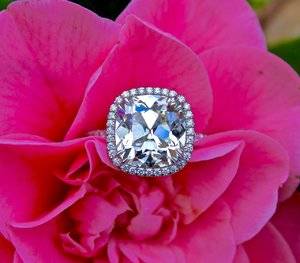- Joined
- Apr 5, 2012
- Messages
- 1,011
I'd love to hear from AVC owners how your diamond "wears" in real life.
For example, according to the ASET images the open culet is an area of light leakage. The general thinking seems to be that light leakage is not attractive and leads to undesirable dark areas. So I'm wondering how does the open culet look once the diamond is set into a ring? Is there an annoying dark area in the middle of an otherwise bright, light diamond?
Also do they show dirt more easily than other cuts (like RB's) or does the ideal light performance mean that they still look good even when a bit dirty?
I have read many posts from people who have a new AVC and are really delighted with the colors it shows. I'm just interested to hear from people who have had them for a while what the pros and cons are?
For example, according to the ASET images the open culet is an area of light leakage. The general thinking seems to be that light leakage is not attractive and leads to undesirable dark areas. So I'm wondering how does the open culet look once the diamond is set into a ring? Is there an annoying dark area in the middle of an otherwise bright, light diamond?
Also do they show dirt more easily than other cuts (like RB's) or does the ideal light performance mean that they still look good even when a bit dirty?
I have read many posts from people who have a new AVC and are really delighted with the colors it shows. I'm just interested to hear from people who have had them for a while what the pros and cons are?








300x240.png)